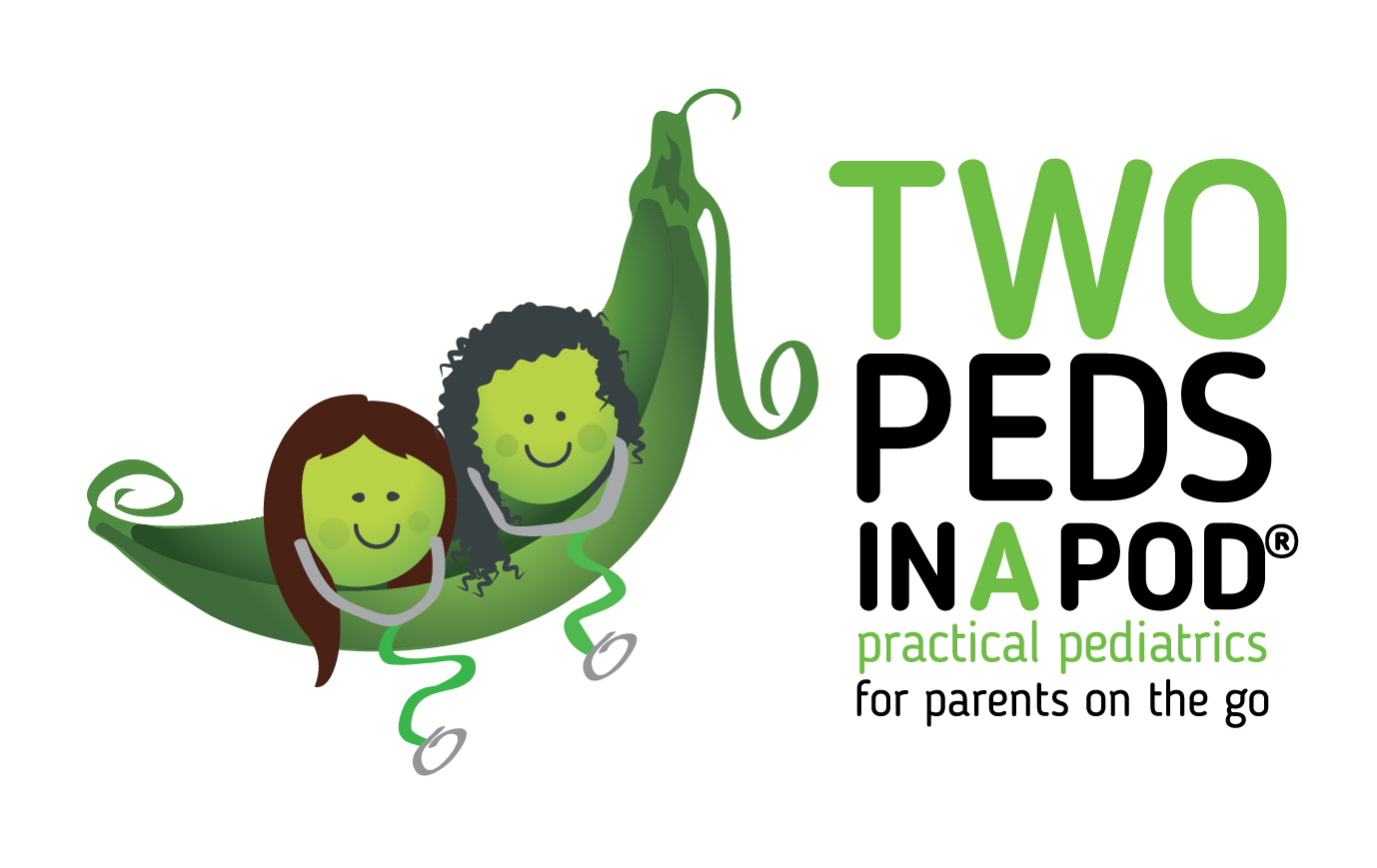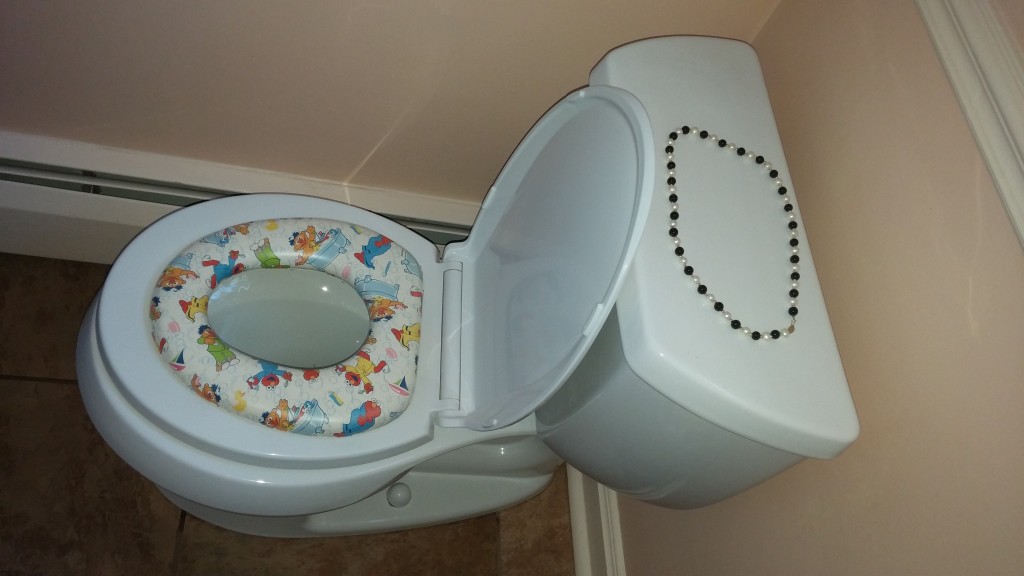 Today’s guest blogger, teacher and health coach Mary McDonald, teaches us how to understand the amount of sugar reported on nutrition labels and gives ideas for low sugar snacks —Drs. Lai and Kardos
Today’s guest blogger, teacher and health coach Mary McDonald, teaches us how to understand the amount of sugar reported on nutrition labels and gives ideas for low sugar snacks —Drs. Lai and Kardos
Can you imagine packing lunch for your child and throwing a cigarette into the bottom of the brown paper bag? Well, many Americans may not be packing cigarettes in their kids’ lunches, but they are packing something addicting: sugar. As a family and consumer sciences teacher, I see what the students eat and their food choices are alarming.
In the past, my colleagues and our students worked together to bring awareness to drug prevention in a campaign called “Red Ribbon Week.” This campaign asks individuals to take a stand against drugs and live a drug free life. I now challenge the organizers of Red Ribbon Week to include excess sugar to their list of drugs. In 2008, Professor Bart Hoebel and his team in the Department of Psychology at Princeton University determined that mice given excess sugar demonstrated three qualities indicative of addiction: increased intake, withdrawal, and cravings. The subject of excess sugar has gained a lot of popularity over the past few years. A recent article in the NY Times, “Is Sugar Toxic?” highlights the negative health effects of excessive sugar consumption.
If you don’t trust the reports coming in day after day from physicians and researchers, then test it out at home. Tell your kids that you are going to skip dessert tonight after dinner. I can almost hear the blood-curdling screams from here. The image may be funny, but the reality of what we are doing to our children is not. Excess sugar causes weight gain, obesity, diabetes, heart disease, and many other deleterious conditions. The President of the American Diabetes Association and a Pediatric Endocrinologist, Dr. Frances Ratner Kaufman, MD, reported in the fall 2012 Clinical Diabetes Journal that diabetes is no longer a disease of our grandparents, but instead it is a disease of our children. Type 2 diabetes is now considered an epidemic in the American pediatric population, up 33% in the past decade alone. Epidemic. If that doesn’t scare you, then think about the fact that our children’s generation is not expected to live as long as our generation.
Okay, enough about the depressing news. What can we do to stop these trends? My advice is something so simple, but not so easy. Turn over each and every label of your food and read the ingredient list and nutrition label. For this activity, focus in on the number of grams of sugar in each product. But what does a gram really represent? Well, here’s an easy conversion:
4.2 grams sugar= 1 teaspoon of sugar
So keep your life simple when you are reading labels and divide the number of grams of sugar by 4 to understand how much sugar you and your children are consuming. Take a look at a bag of Skittles®. Each 2.17 oz bag of original Skittles® contains 44 grams of sugar, or 11 teaspoons of sugar. Instead of reaching for that bag of candy, reach for something equally as sweet that contains far less sugar: an apple!
Here are some suggestions for snacks to substitute for sugar-filled junk food:
- Banana and Natural Peanut Butter Circles– great snack for energy too!
- Healthy Yogurt Parfait– a new twist on the “build your own” dessert.
- Cheerios n’ Fruit- grab the old fashioned yellow box of plain Cheerios and top it with fruit of your choice. This is a great way to start your day or a great snack at anytime.
- Trail Mix – it’s a satisfying treat with many health benefits.
- Fruit Kabobs–who doesn’t like a kabob?
- Homemade snack bars-this is a tried and true favorite in our house.
- Apple and Cinnamon– you cut the apples and let the kids sprinkle on the cinnamon.
- Fruit Smoothie– my favorite snack of 2013!
Mary McDonald holds a Masters of Education from Arcadia University and a health coach certification from Institute of Integrative Nutrition. A mom of four daughters, she teaches family and consumer sciences in Central Bucks School District, Pennsylvania. For more information on her health counseling services, please contact her at nutrition101withmary@gmail.com or visit her website at nutrition101withmary.com.
©2013 Two Peds in a Pod®




 After reading Charlotte’s Web, by E.B. White, when I was eight, I became a vegetarian. It was the first time in my life I thought seriously about the source of my food. My vegetarian diet only lasted only a week in my carnivorous family, but other kids stick to their convictions for much longer. Let’s say that your child is one of those kids. Below is a general guide on how to fulfill your child’s nutritional needs with a vegetarian diet:
After reading Charlotte’s Web, by E.B. White, when I was eight, I became a vegetarian. It was the first time in my life I thought seriously about the source of my food. My vegetarian diet only lasted only a week in my carnivorous family, but other kids stick to their convictions for much longer. Let’s say that your child is one of those kids. Below is a general guide on how to fulfill your child’s nutritional needs with a vegetarian diet: Stunned, you find your child’s third quarter report card under his bed. Your child told you he got an A, but the teacher’s report shows a lower grade. A much lower grade. You are horrified, not about the grade, but about the lying. Refrain from running straight to school and yanking him out of class to confront him.
Stunned, you find your child’s third quarter report card under his bed. Your child told you he got an A, but the teacher’s report shows a lower grade. A much lower grade. You are horrified, not about the grade, but about the lying. Refrain from running straight to school and yanking him out of class to confront him. “Potty training—will it ever end?” many parents ask. Time moves in slow motion for parents teaching their kids to use the potty. For those trapped in a training time warp, take heart. It’s been almost four years since our
“Potty training—will it ever end?” many parents ask. Time moves in slow motion for parents teaching their kids to use the potty. For those trapped in a training time warp, take heart. It’s been almost four years since our  The grand finale… the music blares, a giant grey mouse dances on the stage, and six full tables of kids look on a
The grand finale… the music blares, a giant grey mouse dances on the stage, and six full tables of kids look on a
 Last week we all sat on the couch watching the Super Bowl. If your kids are still on the couch, this post on indoor exercises by Dr. Deborah Stack is for you:
Last week we all sat on the couch watching the Super Bowl. If your kids are still on the couch, this post on indoor exercises by Dr. Deborah Stack is for you: